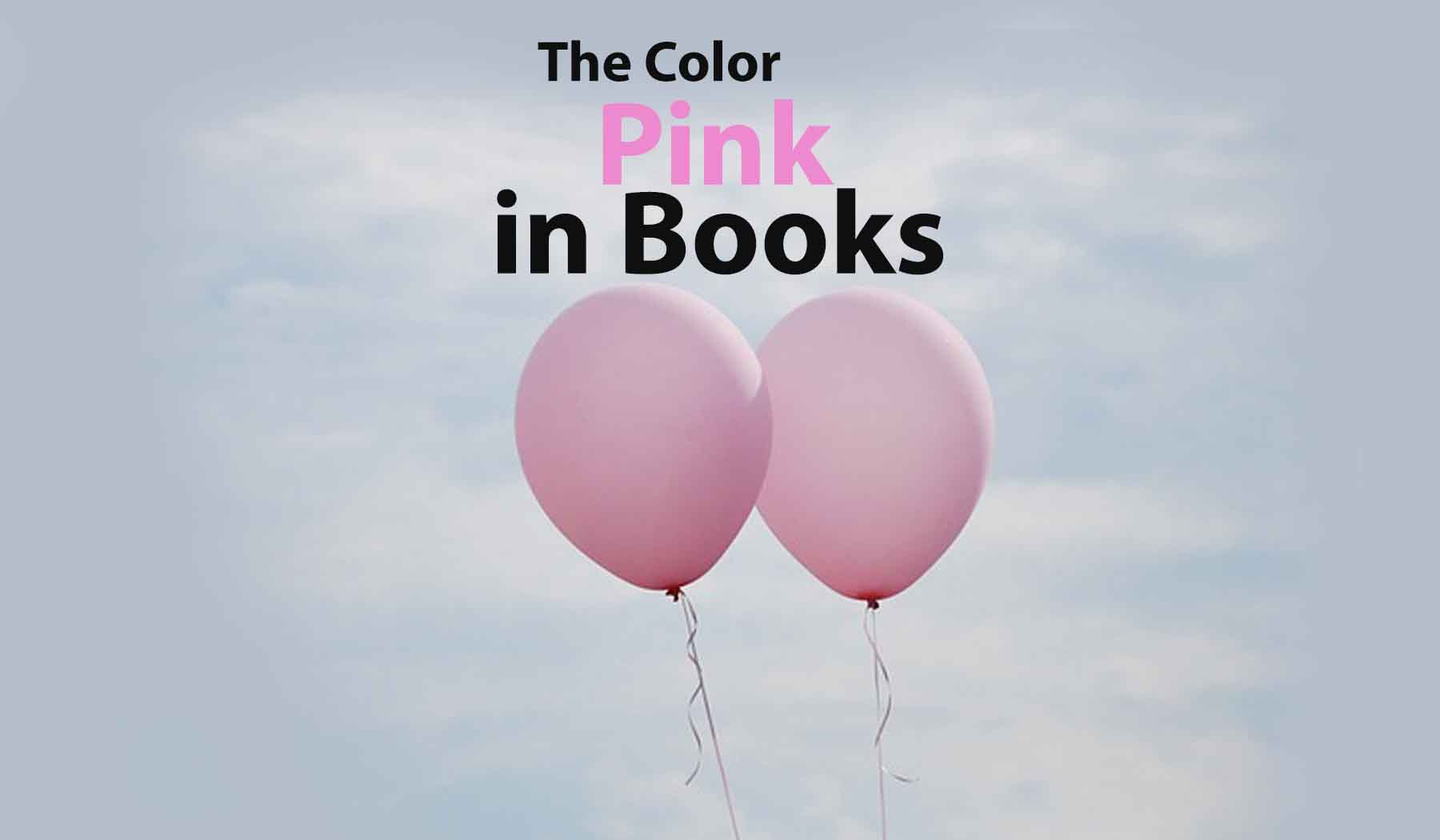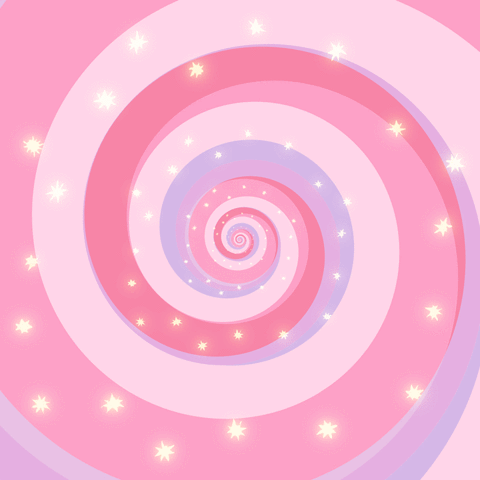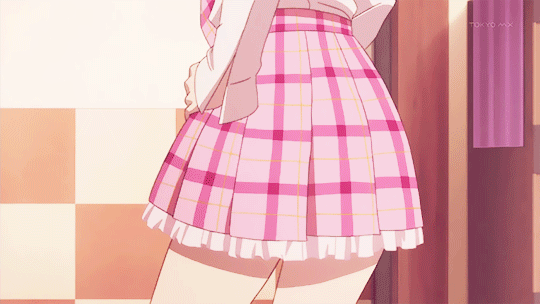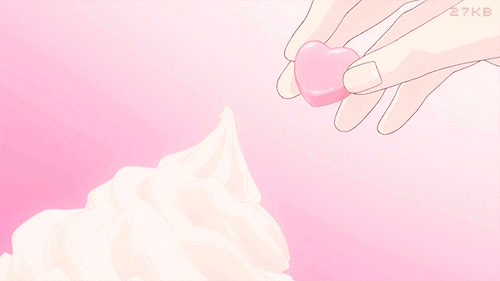The color pink, with its delicate hue and captivating charm, has long been a powerful symbol in literature.
From classic novels to contemporary works, authors have employed the color pink to evoke emotions, convey meaning, and enrich their narratives.
Let’s explore the multifaceted role of the color pink in books, examining its symbolism, significance, and memorable appearances in literary masterpieces.
The Symbolism of Pink
Pink carries a range of symbolic meanings that authors often leverage to enhance their storytelling.
Here are some key symbolic interpretations associated with the color pink:
Femininity and Beauty:
Pink is often associated with femininity, grace, and beauty. Its presence in literature can signify the portrayal of female characters or explore themes related to womanhood.
Innocence and Sweetness:
Pink, with its soft and gentle tone, is frequently employed to represent innocence, youthfulness, and the purity of heart. It can evoke a sense of childlike wonder and evoke emotions of tenderness and sweetness.
Love and Romance:
The color pink has deep ties to love and romance.
It can be used to depict blossoming affection, romantic relationships, or the expression of deep emotional connections between characters.
Contrasts and Irony:
Pink’s contrasting nature to other colors can be used by authors to create irony or highlight disparities within the narrative.
It can signify a stark contrast between appearances and underlying truths, adding depth to character development.
Pink’s Role in Literature
Let us now explore the ways in which the color pink has been ingeniously woven into the fabric of literature, leaving an indelible mark on our reading experience:
Characterization and Themes
Authors often employ the color pink to develop their characters and explore essential themes.
Here are some notable examples:
- “Pride and Prejudice” by Jane Austen: The character of Lydia Bennet, with her vibrant personality and love for frivolities, is often associated with the color pink. Pink, in this case, symbolizes her youthful exuberance and naivety, serving as a stark contrast to her older sister, Elizabeth Bennet.
- “The Great Gatsby” by F. Scott Fitzgerald: The iconic pink suit worn by Jay Gatsby embodies his flamboyant and extravagant nature. It symbolizes his relentless pursuit of wealth, as well as the facade he presents to the world, hiding his true self.
Atmosphere and Setting
The color pink can also be used to create a particular atmosphere or set the tone for a story.
Consider the following examples:
- “Alice’s Adventures in Wonderland” by Lewis Carroll: The whimsical world of Wonderland is often depicted with pink accents, creating a dreamlike ambiance. Pink flowers, tea parties, and flamingos enhance the enchanting and surreal atmosphere of the narrative.
- “The Color Purple” by Alice Walker: The title of this powerful novel not only references the color itself but also serves as a metaphor for resilience and empowerment. The use of pink hues in the narrative showcases the transformation and growth of the protagonist, Celie, as she reclaims her identity.
Symbolic Objects
Pink objects can carry deep symbolism, offering layers of meaning within a story.
Here are a few instances where pink objects play a significant role:
- “The Pink Ribbon” in Nathaniel Hawthorne’s “The Scarlet Letter”: The pink ribbon worn by Pearl, the illegitimate child of Hester Prynne, is a symbol of her mother’s sin. The contrasting pink color against the somber backdrop of Puritan society represents the hidden secrets and the scarlet letter itself.
- “The Pink Hotel” in Anna Stothard’s novel of the same name: The pink hotel serves as the focal point of the story, representing a sanctuary, a place of longing, and the embodiment of memories. The color pink conveys a sense of nostalgia, transformation, and the exploration of one’s past.
Here are some examples of book titles that incorporate the color pink:
The Pink Suit by Nicole Mary Kelby
The Pink Hotel by Anna Stothard
Pink Sari Revolution: A Tale of Women and Power in India by Amana Fontanella-Khan
The Pink Triangle: The Nazi War Against Homosexuals by Richard Plant
The Pink Line: Journeys Across the World’s Queer Frontiers by Mark Gevisser
The Pink Carnation by Lauren Willig
The Pink Fairy Book by Andrew Lang
The Color Pink in Books Serves as a Powerful Tool for Authors
In conclusion, the color pink in books serves as a powerful tool for authors to convey meaning, evoke emotions, and enhance their storytelling.
Whether through symbolism, setting, or object representation, pink adds depth and nuance to literary works.
Its associations with femininity, innocence, love, and contrasts make it a versatile and captivating element.
So, the next time you encounter a touch of pink within the pages of a book, take a moment to appreciate the myriad meanings and emotions it can evoke, enriching your reading experience.
If you are a fan of the color pink, there is no shortage of pink in the upcoming Barbie movie as you can see from the trailer…
Synopsis: Barbie and Ken are basking in pure bliss within the vibrant and seemingly flawless realm of Barbie Land.
Their existence feels like an endless celebration of joy. Yet, an opportunity arises for them to venture into the genuine world, where they promptly realize the manifold wonders and dangers that come with coexisting alongside humans.









